Home>Garden Essentials>When To Plant Luffa Seeds In Zone 8
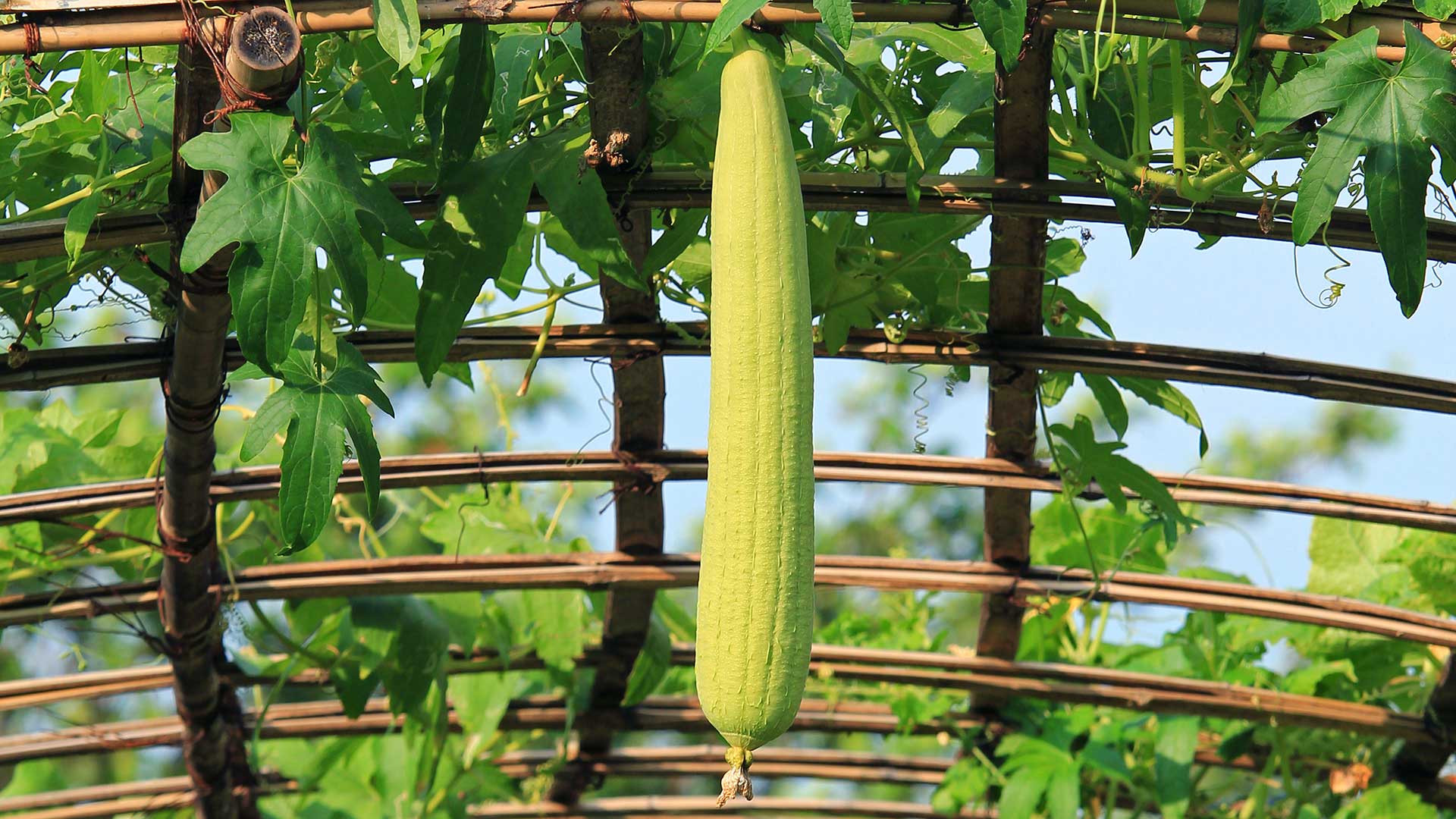

Garden Essentials
When To Plant Luffa Seeds In Zone 8
Modified: March 15, 2024
Looking to start a garden in zone 8? Discover the best time for planting luffa seeds and get ready to enjoy a bountiful harvest of fresh and organic luffa sponges.
(Many of the links in this article redirect to a specific reviewed product. Your purchase of these products through affiliate links helps to generate commission for Storables.com, at no extra cost. Learn more)
Introduction:
Gardening in zone 8 can be an exciting and rewarding experience. With its moderate temperatures and diverse growing conditions, zone 8 offers gardeners the opportunity to cultivate a wide range of plants. If you’re a garden enthusiast in zone 8 and are interested in growing unique and useful plants, one plant to consider is the luffa. Luffa, also known as sponge gourd, is a versatile plant that can be grown for both its edible fruit and fibrous interior, which can be used as a natural sponge.
In this article, we will explore the best time to plant luffa seeds in zone 8, as well as the factors to consider before planting and the steps involved in caring for your luffa plants. Whether you’re a seasoned gardener or a beginner, this guide will provide you with valuable information to help you successfully grow luffa in zone 8.
Before we delve into the specifics of planting luffa seeds, let’s take a moment to understand what zone 8 actually means and the conditions you can expect in this gardening zone.
Key Takeaways:
- In zone 8, plant luffa seeds in late spring or early summer after the danger of frost has passed. Provide warm soil, full sun, and well-drained soil for successful growth.
- To harvest luffa in zone 8, wait for the fruits to turn yellow and then light brown. Use sharp tools to cut the mature fruits, clean and dry them, and peel away the skin to reveal the natural sponge material.
Read more: How Long For Luffa To Germinate
Understanding Zone 8:
When it comes to gardening, understanding your specific gardening zone is crucial for success. The United States Department of Agriculture (USDA) has divided the country into various hardiness zones based on average annual minimum temperatures. Zone 8 is characterized by mild winters and warm summers, making it a desirable region for gardening.
Zone 8 encompasses a large portion of the southern United States, including states like Texas, Louisiana, Florida, Georgia, and parts of California, Oregon, and Washington. The exact temperatures in zone 8 can vary depending on the specific location within the zone, so it’s important to consult plant hardiness zone maps or speak to local gardening experts to get a more accurate understanding of your specific zone 8 conditions.
Typically, zone 8 experiences winter temperatures that range from 10°F to 20°F (-12°C to -7°C), though frost and freezes can occur periodically. Summers in zone 8 are generally hot, with temperatures ranging from 80°F to 100°F (27°C to 38°C).
Understanding the climate and weather patterns of your zone is key to selecting the right plants for your garden and timing your plantings appropriately. With zone 8’s relatively mild climate, gardeners enjoy a longer growing season compared to colder regions, which opens up a wide range of possibilities for plant selection.
Now that we have a better understanding of zone 8, let’s explore some factors to consider before planting luffa seeds in this region.
Factors to Consider Before Planting Luffa Seeds:
Before you start planting luffa seeds in zone 8, there are a few important factors to consider to ensure the success of your garden. By taking these factors into account, you’ll be able to create an optimal growing environment for your luffa plants.
1. Temperature: Luffa plants thrive in warm temperatures, so zone 8’s relatively mild climate is suitable for their growth. It’s important to monitor the temperature, especially during late winter and early spring, to avoid planting when frost is still a possibility. Wait until the soil temperature consistently reaches around 70°F (21°C) before planting your luffa seeds.
2. Sunlight: Luffa plants require full sun to thrive, so choose a location in your garden that receives at least 6-8 hours of direct sunlight per day. This will ensure optimal growth and fruit production.
3. Soil Quality: Luffa plants prefer well-draining soil with a pH level between 6.0 and 7.5. Before planting, prepare your soil by loosening it with a garden fork or tiller. Add organic matter, such as compost or well-rotted manure, to improve fertility and drainage.
4. Space: Luffa plants are vigorous climbers and can grow up to 20 feet (6 meters) long. Ensure you have adequate space for the vines to spread out or provide a trellis or sturdy support for them to climb. This will help maximize your garden space and prevent plants from competing for sunlight and nutrients.
5. Watering: Luffa plants require consistent moisture, especially during the germination and fruiting periods. Water your plants regularly, aiming for about 1 inch (2.5 cm) of water per week. Avoid overwatering, as luffa plants are susceptible to root rot if the soil becomes waterlogged.
6. Pest and Disease Control: Like any plant, luffa can be susceptible to pests and diseases. Keep an eye out for common pests such as aphids, spider mites, and cucumber beetles. Implement organic pest control methods, such as handpicking or using insecticidal soaps, to keep these pests at bay. Proper spacing, good air circulation, and regular inspection can help prevent diseases such as powdery mildew.
By considering these factors before planting luffa seeds in zone 8, you’ll create an environment that promotes healthy growth and maximizes your chances of a successful harvest. Now that we’ve covered these important considerations, let’s move on to the best time to plant luffa seeds in zone 8.
Best Time to Plant Luffa Seeds in Zone 8:
Choosing the right time to plant luffa seeds in zone 8 is crucial for successful germination and growth. Luffa plants require warm soil and frost-free conditions to thrive, so you’ll want to time your planting accordingly.
In zone 8, the best time to plant luffa seeds is usually in late spring or early summer, after the danger of frost has passed and the soil has warmed up. This typically occurs around mid to late April or early May. By planting at this time, you’ll give your luffa seeds the best chance of germinating and establishing healthy plants.
It’s important to note that luffa plants have a long growing season, typically requiring 120 to 150 frost-free days to reach maturity. This means that if you plant luffa seeds too late in the season, they may not have enough time to fully develop before the arrival of cooler temperatures in the fall. To ensure a bountiful harvest, aim to plant your luffa seeds when there is still ample time for them to grow and mature.
Before planting your luffa seeds, it’s a good idea to start them indoors about 4 to 6 weeks prior to the last frost date. This will give them a head start and increase the chances of a successful germination. Sow the seeds in seed-starting trays or individual containers, using well-draining potting soil. Keep the soil consistently moist and provide adequate warmth and light to encourage strong seedling growth.
Once the danger of frost has passed and the soil temperature has warmed to at least 70°F (21°C), it’s time to transplant your luffa seedlings to the garden. Space the plants 3 to 4 feet (0.9 to 1.2 meters) apart to allow for proper growth and airflow.
By planting luffa seeds in zone 8 during the optimal time, you’ll give your plants the best chance to thrive and yield a bountiful harvest. In the next section, we’ll discuss how to prepare the soil for luffa seeds in zone 8.
Preparing the Soil for Luffa Seeds:
Proper soil preparation is essential for the successful growth of luffa plants in zone 8. By ensuring that your soil is well-drained, fertile, and nutrient-rich, you’ll provide an ideal environment for your luffa seeds to thrive.
Here are the steps to prepare your soil for planting luffa seeds in zone 8:
1. Clear the area: Start by removing any weeds, rocks, or debris from the planting area. Luffa plants require space for their sprawling vines, so ensure the area is clear and free from any obstacles.
2. Loosen the soil: Use a garden fork or tiller to loosen the soil to a depth of at least 12 inches (30 cm). This will help improve soil aeration, drainage, and root penetration. Avoid working the soil when it is wet, as this can lead to compaction.
3. Add organic matter: Incorporate organic matter into the soil to enhance its fertility and structure. This can include well-rotted compost, aged manure, or leaf mold. Spread a layer of organic matter over the soil surface and use the garden fork or tiller to mix it thoroughly into the soil.
4. Test soil pH: It’s a good idea to test your soil’s pH level to ensure it falls within the optimal range of 6.0 to 7.5 for luffa plants. Home soil testing kits are readily available at garden centers and can provide you with accurate results. If the pH level is too acidic, you can add limestone or wood ash to raise it. If the pH level is too alkaline, you can amend the soil with sulfur or peat moss to lower it.
5. Improve drainage: Luffa plants prefer well-drained soil, so if your soil tends to retain water, you can improve the drainage by incorporating coarse sand or perlite into the soil mixture. This will help prevent waterlogging and root rot.
6. Level the soil: Smooth out the soil surface using a rake to create a level and even planting bed. This will make it easier to sow the luffa seeds and ensure consistent water distribution.
By following these steps, you’ll create a nutrient-rich and well-drained soil environment that promotes healthy luffa plant growth. With the soil prepared, you’re now ready to plant your luffa seeds in zone 8. In the next section, we’ll discuss the specific steps involved in planting luffa seeds.
Plant luffa seeds in Zone 8 after the last frost, when the soil temperature is consistently above 70°F. Luffa plants need warm weather to thrive, so wait until the danger of frost has passed before planting.
Read more: How To Grow Luffa From Seed
Planting Luffa Seeds in Zone 8:
Now that you’ve prepared the soil, it’s time to plant your luffa seeds in zone 8. Follow these steps to ensure successful germination and establishment of your luffa plants:
1. Sow the seeds: Plant your luffa seeds about 1 inch (2.5 cm) deep into the prepared soil. Space the seeds 6 to 12 inches (15 to 30 cm) apart in rows that are 3 to 4 feet (0.9 to 1.2 meters) apart. You can also plant multiple seeds in each hole and thin them out later to the strongest seedling.
2. Moisten the soil: After planting, gently water the soil to moisten it. Avoid overwatering, as excessive moisture can lead to rotting of the seeds or damping-off disease. Keep the soil consistently moist but not waterlogged throughout the germination process.
3. Provide support: Luffa plants are vigorous climbers and will benefit from vertical support. Install a trellis, fence, or sturdy stakes near the planting area to provide support for the vines. Alternatively, you can allow the vines to sprawl on the ground, but this may take up more space in your garden.
4. Monitor growth: Keep a close eye on the emerging seedlings. Once they grow their first set of true leaves, thin them out to the desired spacing. Remove the weaker or excess seedlings, allowing only the strongest ones to grow.
5. Watering: Luffa plants require regular watering, especially during dry periods. Water deeply and consistently to ensure the soil remains evenly moist. Be careful not to let the soil dry out completely or become waterlogged.
6. Fertilization: As your luffa plants grow, it is beneficial to provide them with a balanced fertilizer to support healthy foliage and fruit production. Apply a slow-release granular fertilizer or liquid fertilizer according to the instructions on the package. Avoid over-fertilizing, as this can lead to excessive vine growth at the expense of fruit development.
7. Weed control: Keep the area around your luffa plants free from weeds, as they can compete for nutrients and water. Regularly inspect the planting area and remove any weeds by hand or use mulch to suppress weed growth.
8. Pest and disease management: Monitor your luffa plants for any signs of pests or diseases such as aphids, spider mites, or powdery mildew. Implement appropriate pest control methods, such as organic insecticidal soap or neem oil, and maintain good airflow and plant hygiene to minimize disease risks.
By following these steps, you’ll establish healthy luffa plants in zone 8. Now, let’s move on to the important aspects of caring for your luffa plants in zone 8 to ensure their optimal growth and a bountiful harvest.
Caring for Luffa Plants in Zone 8:
Once your luffa plants are planted in zone 8, it’s important to provide them with proper care to ensure healthy growth and a successful harvest. Here are some essential care tips for luffa plants in zone 8:
1. Watering: Adequate and consistent watering is crucial for luffa plants. They require about 1 inch (2.5 cm) of water per week, especially during dry spells. Water deeply at the base of the plants to encourage deep root growth and avoid wetting the foliage, as this can promote disease.
2. Mulching: Apply a layer of organic mulch around the base of your luffa plants to help retain soil moisture, suppress weeds, and regulate soil temperature. Organic mulches, such as straw or wood chips, also contribute to the overall fertility of the soil as they break down over time.
3. Pruning and Training: Luffa plants are prolific climbers that can quickly overtake their growing space. Regularly prune and train the vines by gently guiding them along the trellis or support structure. This will help keep the plants tidy, minimize overcrowding, and promote better airflow, which reduces the risk of fungal diseases.
4. Fertilization: To support healthy growth and fruit development, feed your luffa plants with a balanced fertilizer every 4-6 weeks or as recommended by the fertilizer manufacturer. Avoid using excessive nitrogen, as this can result in excessive foliage growth at the expense of fruit production.
5. Pest Control: Monitor your luffa plants for common pests such as aphids, spider mites, and cucumber beetles. Use organic pest control methods like handpicking or spraying with insecticidal soap when necessary. Maintaining good garden hygiene and removing any infested plant debris can also help prevent pest infestations.
6. Disease Prevention: Provide good air circulation around your luffa plants by properly spacing them and avoiding overcrowding. This helps deter the development of fungal diseases, such as powdery mildew. If necessary, apply organic fungicides or sulfur-based sprays as a preventive measure.
7. Harvesting: Luffa fruits are ready for harvest when they turn yellow or brown and feel dry and lightweight. Use a sharp knife or pruning shears to cut the fruits from the vine. It’s best to harvest luffa fruits before the first frost in zone 8 to avoid damage.
8. Seed Saving: If you wish to save luffa seeds for future planting, allow some fruits to fully mature on the vine until they turn brown. Cut open the mature fruits and remove the seeds. Rinse the seeds clean and dry them thoroughly before storing them in a cool, dry place.
By providing proper care to your luffa plants in zone 8, you’ll ensure vigorous growth, abundant fruiting, and a successful harvest. Now, let’s move on to the exciting part – harvesting luffa in zone 8.
Harvesting Luffa in Zone 8:
Harvesting luffa in zone 8 is an exciting and rewarding experience. Luffa fruits, also known as sponge gourds, are ready to be harvested when they have fully matured and turned brown. Here are some guidelines to help you harvest luffa in zone 8:
1. Monitor fruit maturity: Keep a close eye on your luffa fruits as they develop. When the fruits have reached maturity, they will turn yellow and then gradually transition to a shade of light brown. This indicates that the luffa is fully mature and ready to be harvested.
2. Check fruit texture: Gently squeeze the luffa fruits to gauge their readiness for harvest. Mature luffa fruits should feel dry and lightweight, with a rough texture. Avoid harvesting them when they are still green or when they feel moist, as they may not be fully developed or have the desired fibrous interior.
3. Use sharp tools: To harvest luffa, use a sharp knife or pruning shears to cut the mature fruits from the vine. Make clean cuts close to the fruit’s stem, taking care not to damage the surrounding vines or foliage.
4. Clean and dry: After harvesting, rinse the luffa fruits thoroughly with water to remove any dirt or debris. Allow them to air dry completely in a well-ventilated area. This drying process helps further remove any remaining moisture and prepares the fruits for further processing.
5. Peel away the skin: Once the luffa fruits are dry, gently peel away the outer skin to reveal the fibrous interior. The skin will easily come off, exposing the network of fibrous material that makes luffa an excellent natural sponge.
6. Remove seeds: After peeling the skin, gently shake or tap the luffa fruits to release the seeds. Alternatively, you can cut open the fruits and remove the seeds by hand. Rinse the seeds thoroughly and set them aside if you wish to save them for future planting.
7. Clean and cure the sponges: Rinse the fibrous luffa material with water to remove any residue or remaining seeds. Allow the luffa sponges to fully air dry in a warm, well-ventilated area for a few weeks. This curing process helps to further harden and strengthen the sponge fibers.
8. Store or use the luffa sponges: Once the luffa sponges are dry, they can be stored in a cool, dry place for future use. Luffa sponges make excellent natural scrubbers, exfoliants, and household cleaning tools.
By following these steps, you’ll be able to harvest luffa in zone 8 and enjoy the benefits of these versatile and eco-friendly sponges. Remember to save some seeds for future plantings and share the joy of growing luffa with fellow gardeners.
Conclusion:
Gardening in zone 8 provides a fantastic opportunity to grow luffa, a plant that offers both edible fruit and fibrous material for use as a natural sponge. By understanding the specific requirements of luffa planting in zone 8, you can create an optimal growing environment and enjoy a successful harvest.
Before planting luffa seeds in zone 8, consider factors such as temperature, sunlight, soil quality, spacing, and watering. These considerations will help ensure that your luffa plants thrive and produce abundant fruits. The best time to plant luffa seeds in zone 8 is typically in late spring or early summer, after the danger of frost has passed and the soil has warmed up.
Proper soil preparation is essential for the success of luffa plants. Loosening the soil, adding organic matter, and achieving the optimal pH level will create a fertile and well-drained environment for the seeds to germinate and the plants to thrive.
Caring for luffa plants in zone 8 involves regular watering, mulching, pruning, fertilization, and pest and disease management. By providing these essential care practices, you’ll support healthy growth, minimize pests and diseases, and maximize the yield of your luffa plants.
When it’s time to harvest your luffa in zone 8, monitor the fruit’s maturity and texture. Harvest the luffa fruits when they have turned yellow and then matured to a light brown color. Use sharp tools to cut the fruits from the vine, clean and dry them, and then peel away the skin to reveal the natural sponge material. Cure the sponges and store them for future use.
Gardening in zone 8 is a rewarding experience, and growing luffa adds a unique and useful element to your garden. Whether you’re interested in using the fibrous material as a natural sponge or enjoying the delicious fruits, luffa plants are sure to bring joy and versatility to your gardening journey.
So, embrace the opportunities that zone 8 gardening offers and start planting luffa seeds. With proper care and attention, you’ll soon be reaping the benefits of this remarkable plant in your zone 8 garden.
Frequently Asked Questions about When To Plant Luffa Seeds In Zone 8
Was this page helpful?
At Storables.com, we guarantee accurate and reliable information. Our content, validated by Expert Board Contributors, is crafted following stringent Editorial Policies. We're committed to providing you with well-researched, expert-backed insights for all your informational needs.
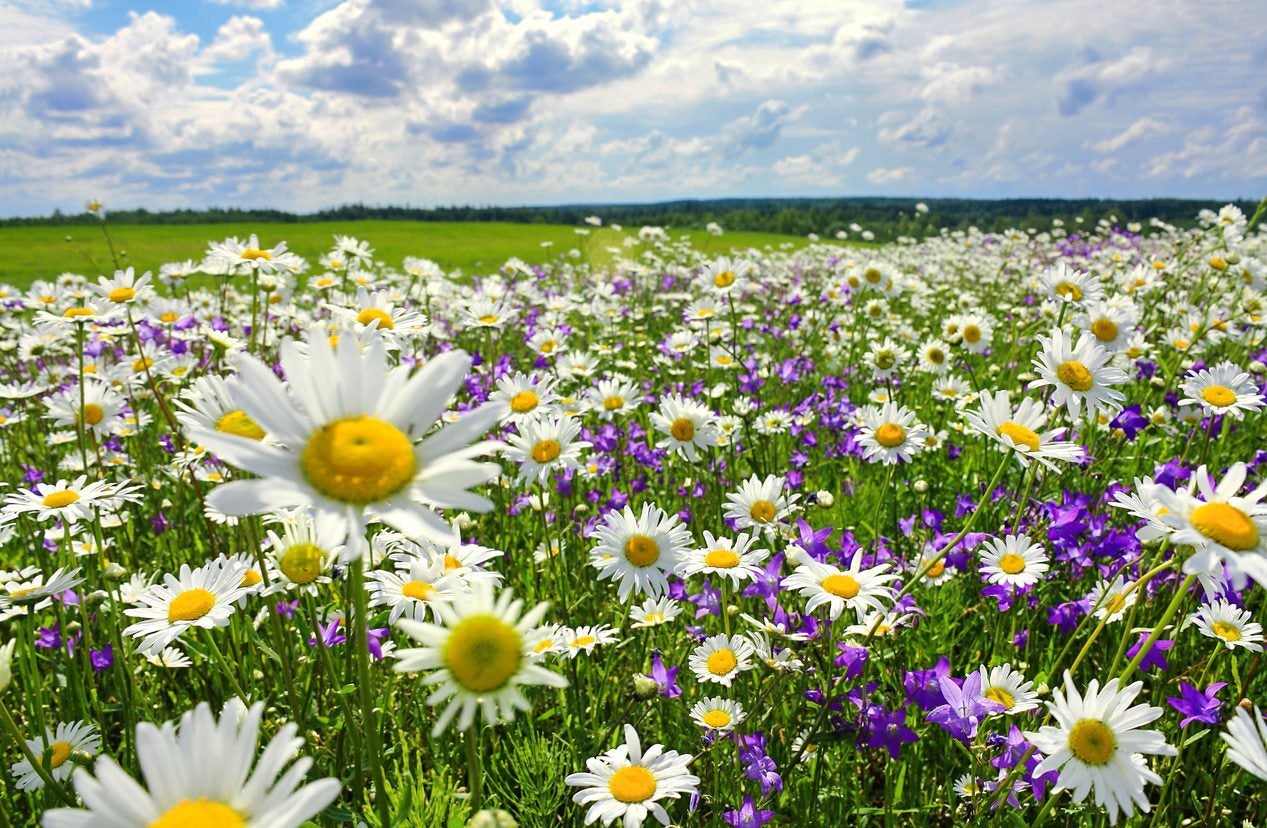
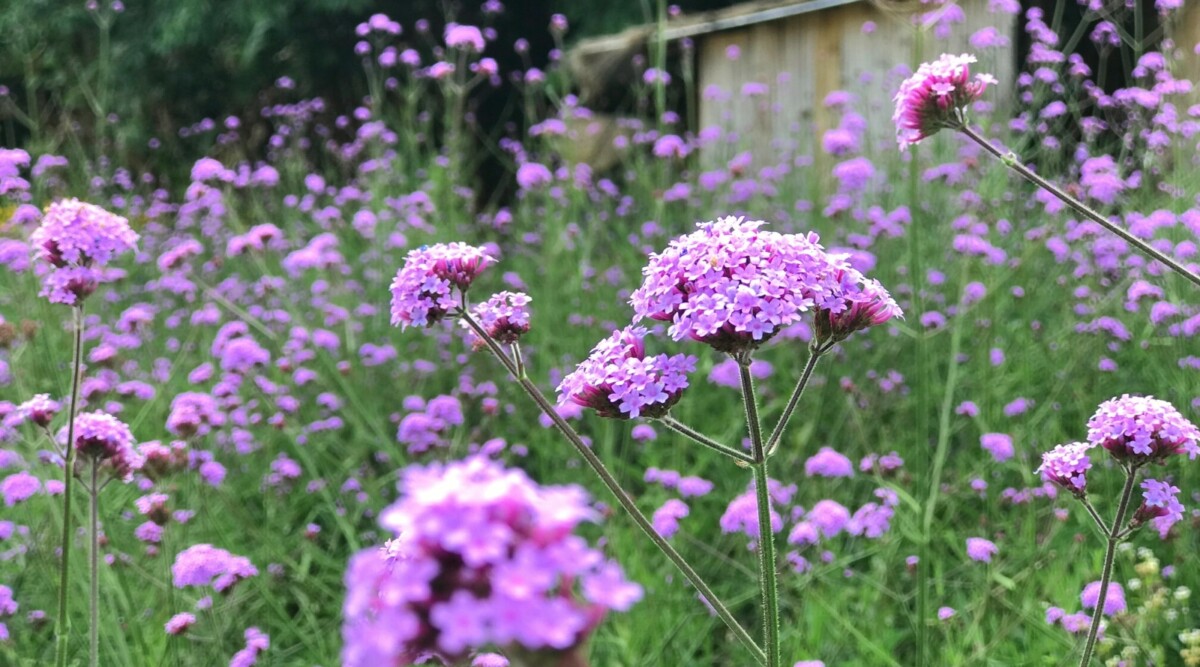
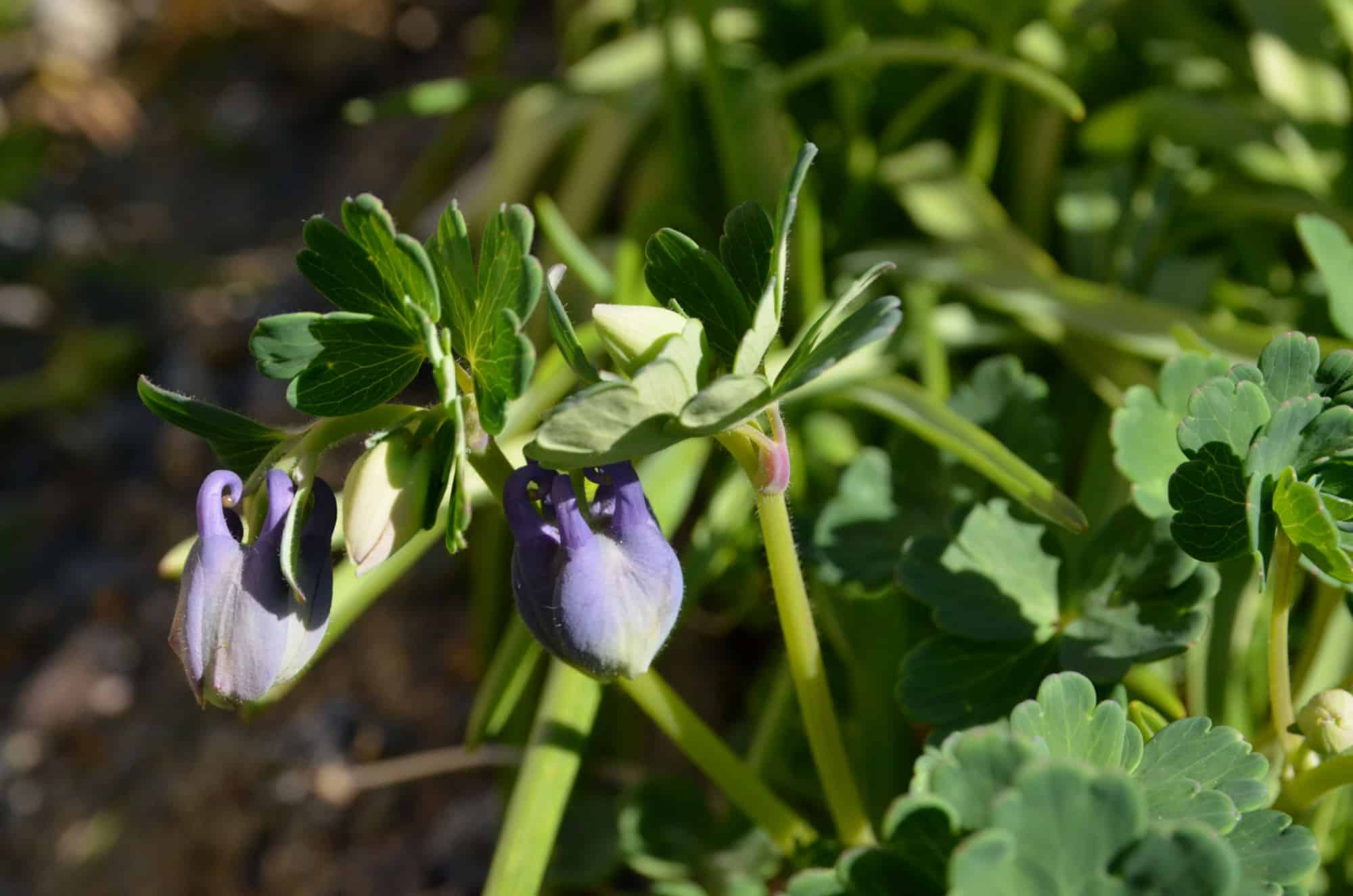
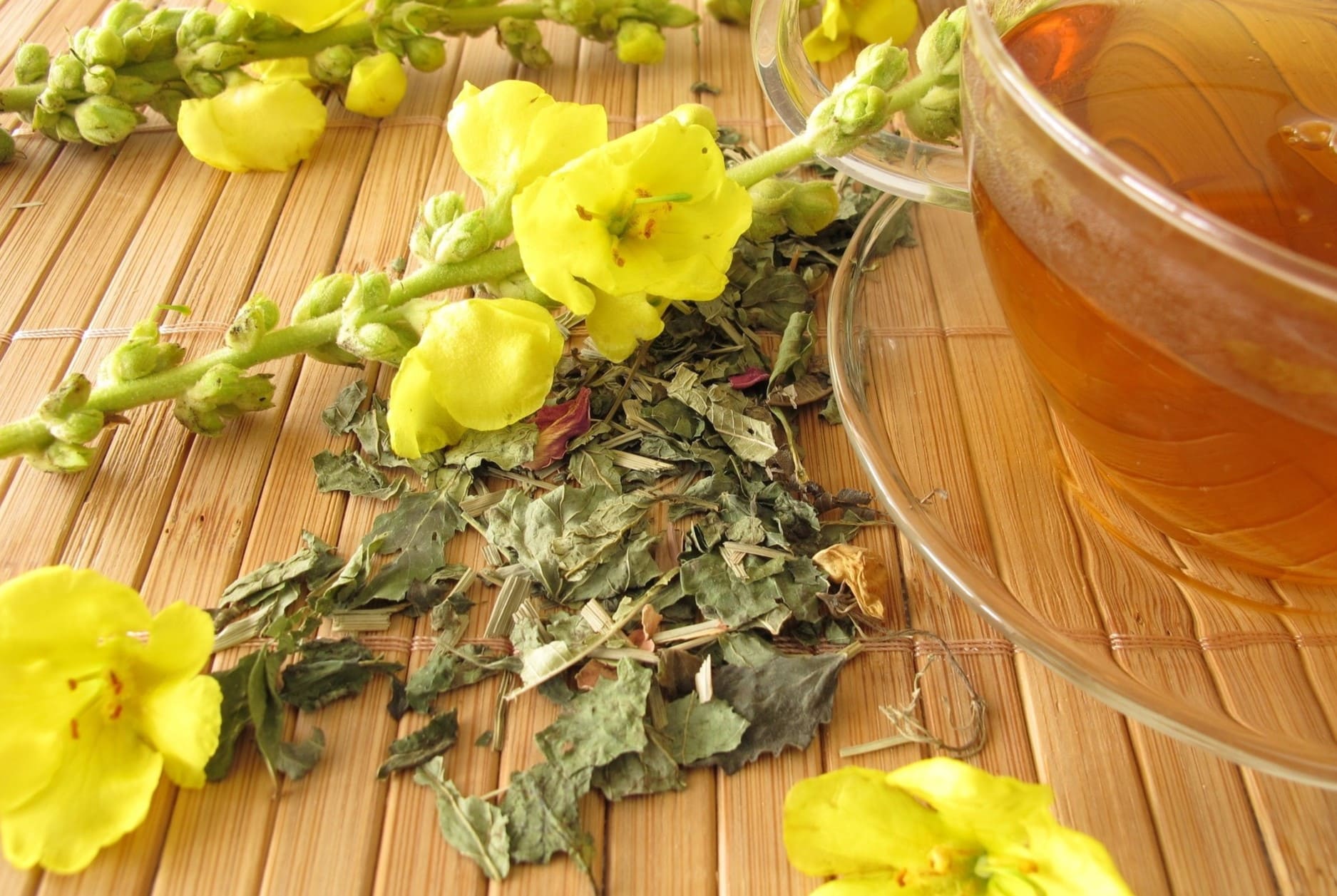
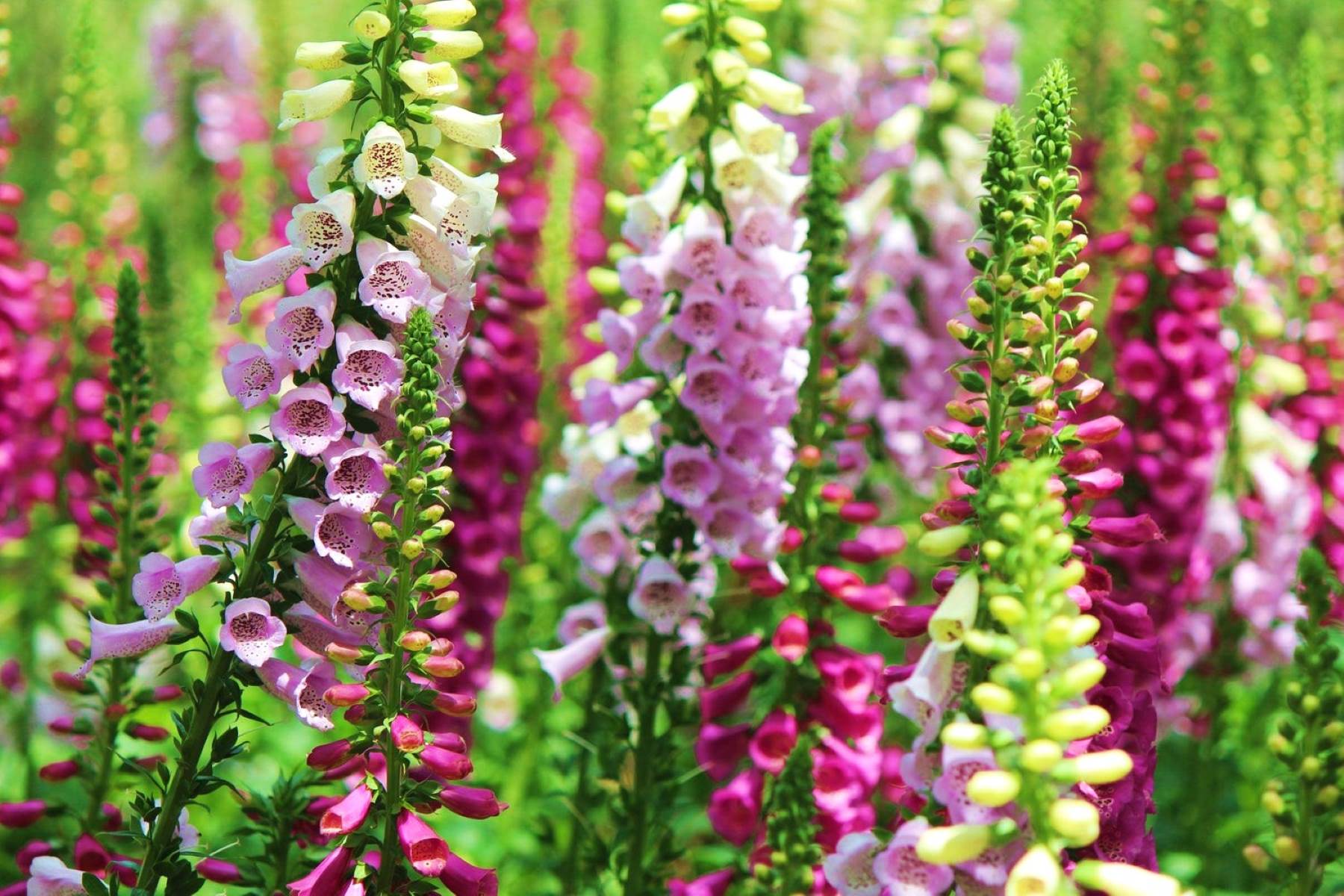
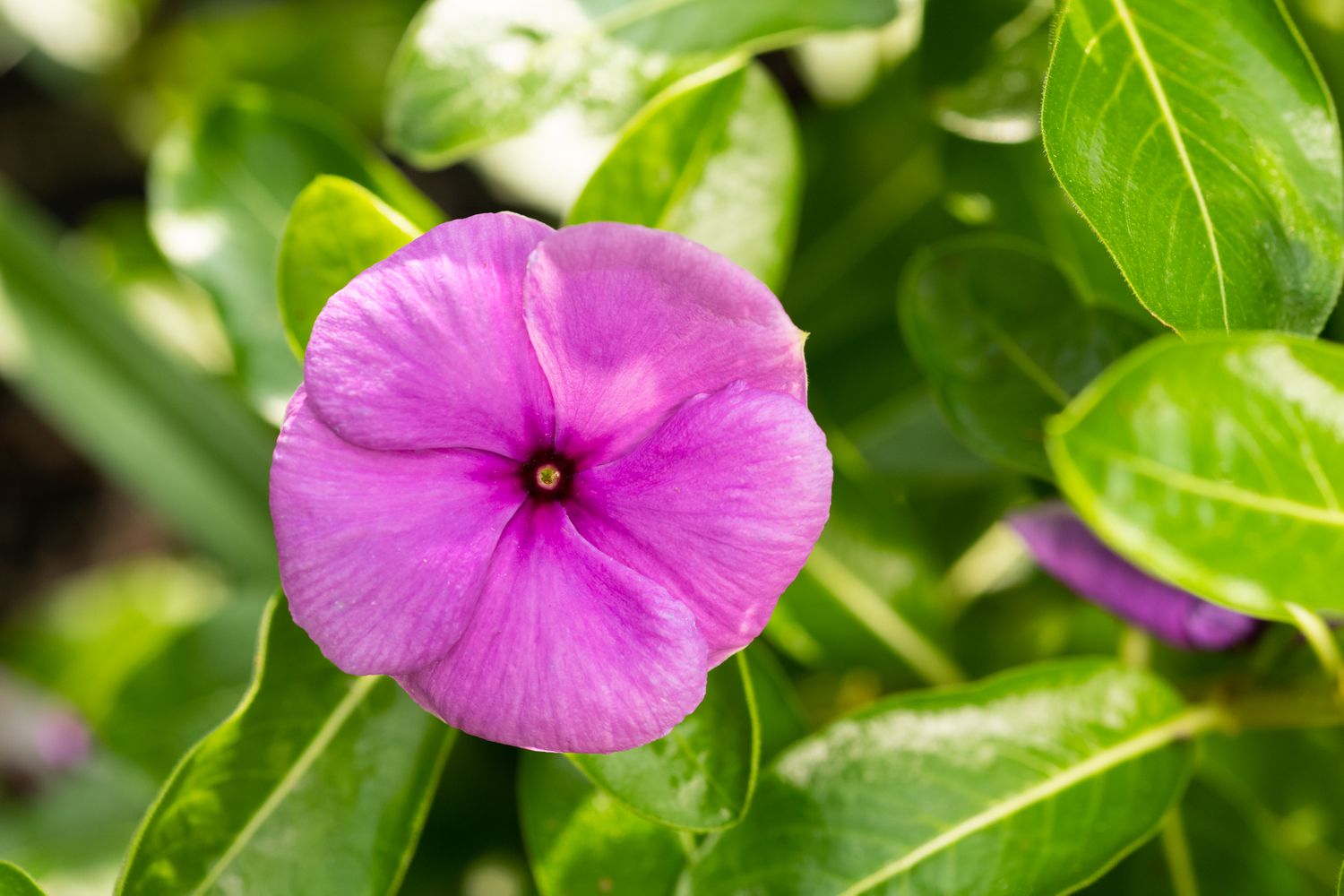
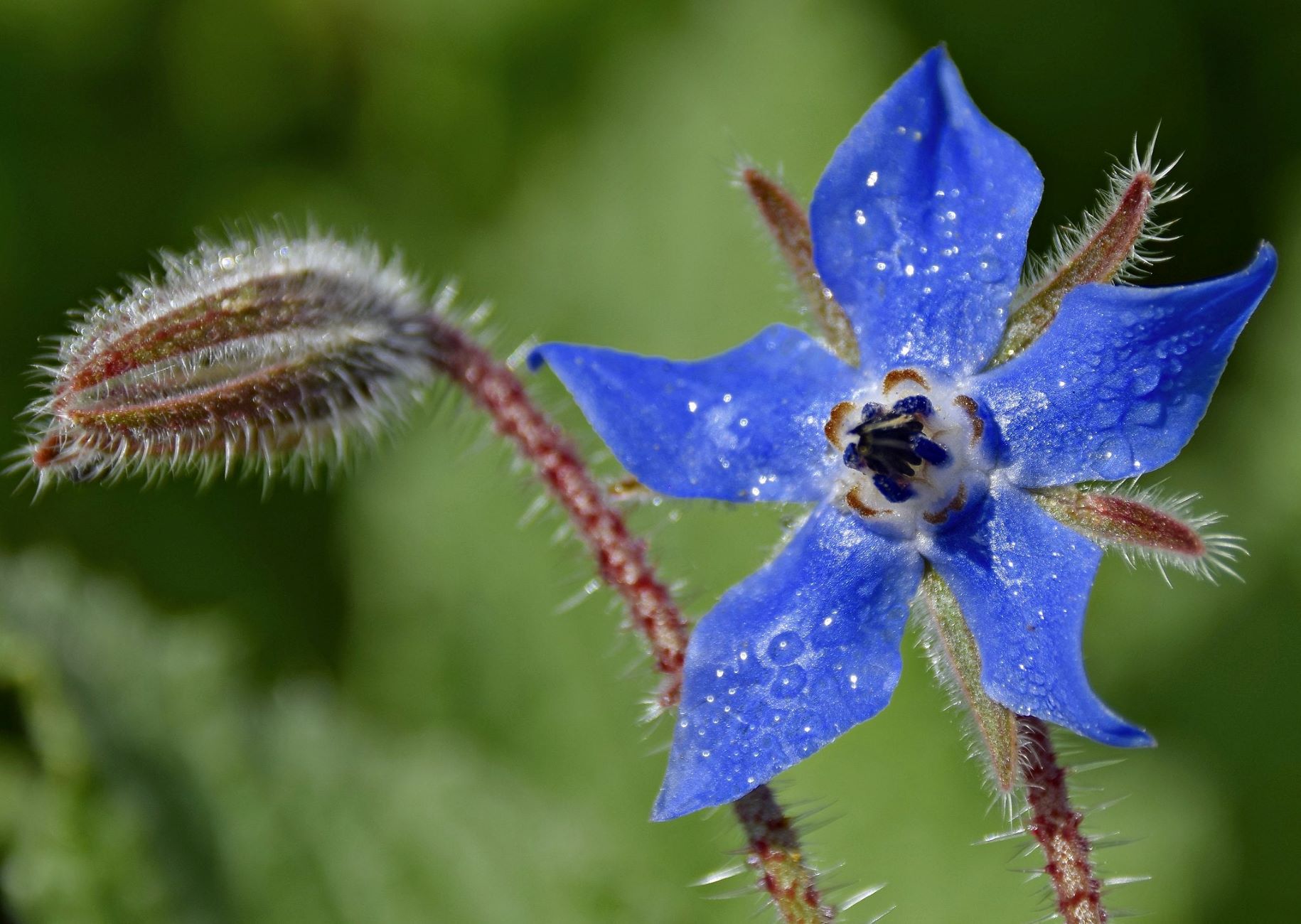
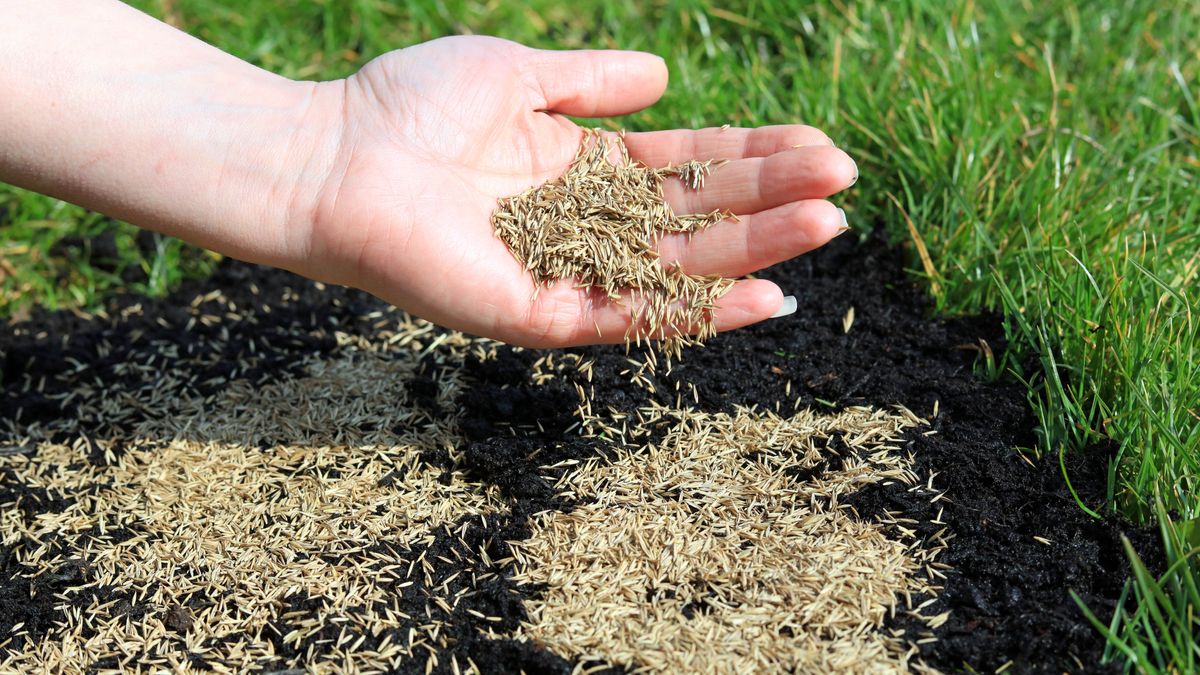
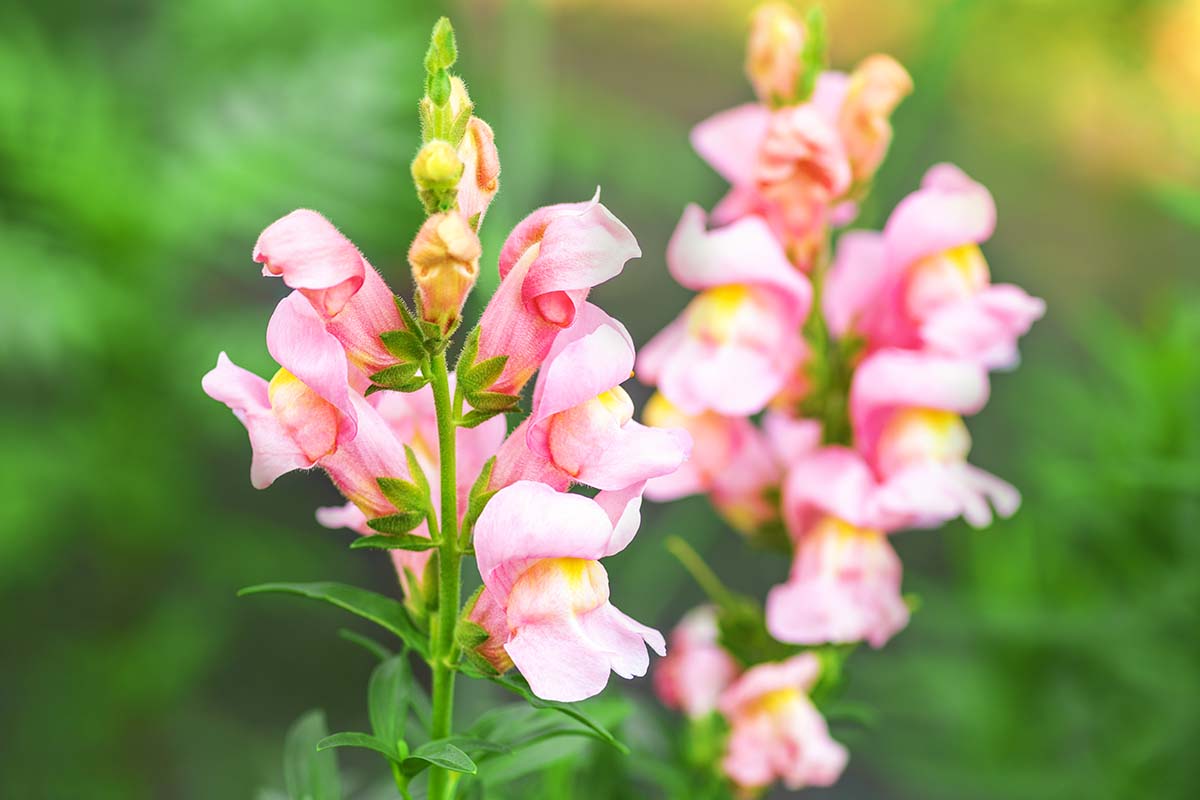






0 thoughts on “When To Plant Luffa Seeds In Zone 8”